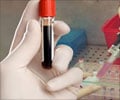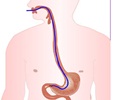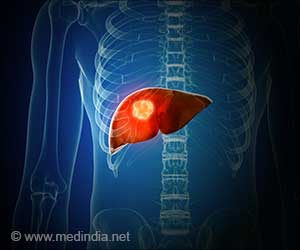The first use of ordinary cotton thread and sewing needles to literally stitch together a microfluidic analytical device has been reported by Oz scientists.
The first use of ordinary cotton thread and sewing needles to literally stitch together a microfluidic analytical device has been reported by Oz scientists. The device is microscopic technology that can transport fluids for medical tests and other purposes in a lab-on-a-chip.
The chips shrink room-sized diagnostic testing equipment down to the size of a postage stamp, and promise revolutionary applications in medicine, environmental sensing, and other areas.Wei Shen and colleagues note that the development of low-cost "lab-on-a-chip" diagnostic tests has become an attractive area of research.
Existing devices require etching microscopic channels onto slivers of silicon, glass, ceramics, or metal in a costly, complicated process.
The scientists set out to find an alternative, and did so with cotton thread, which wicks fluids along its tiny fibers.
They stitched thread into paper to form microfluidic sensors capable of detecting and measuring substances released in the urine of patients with several human medical conditions.
"The fabrication of thread-based microfluidic devices is simple and relatively low cost because it requires only sewing needles or household sewing machines," the report said.
Advertisement
Source-ANI
RAS









